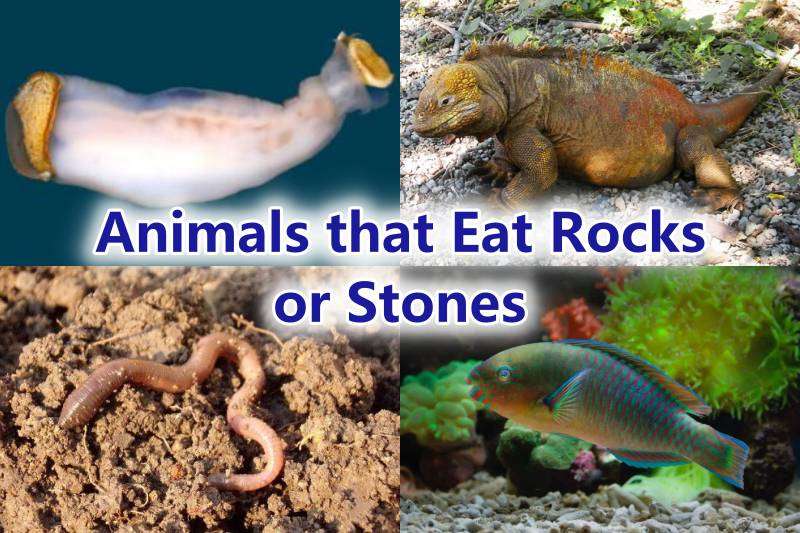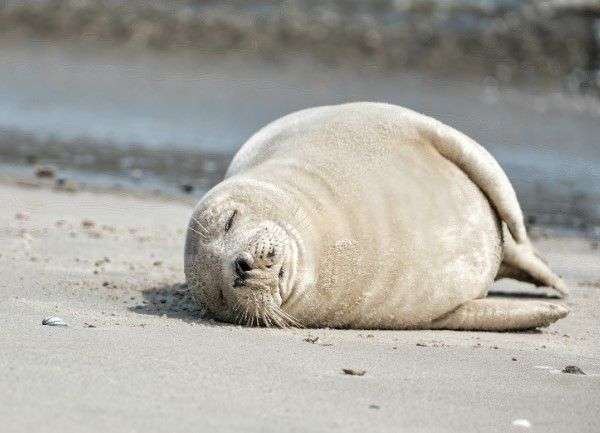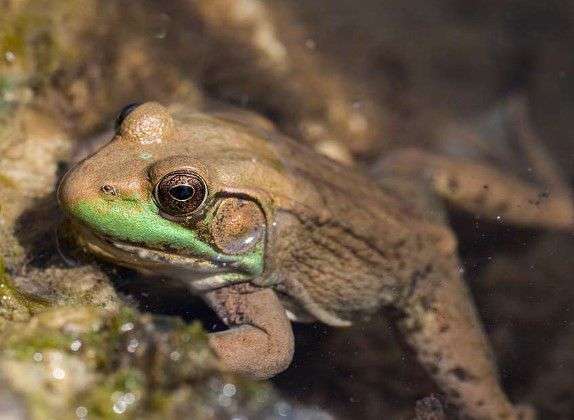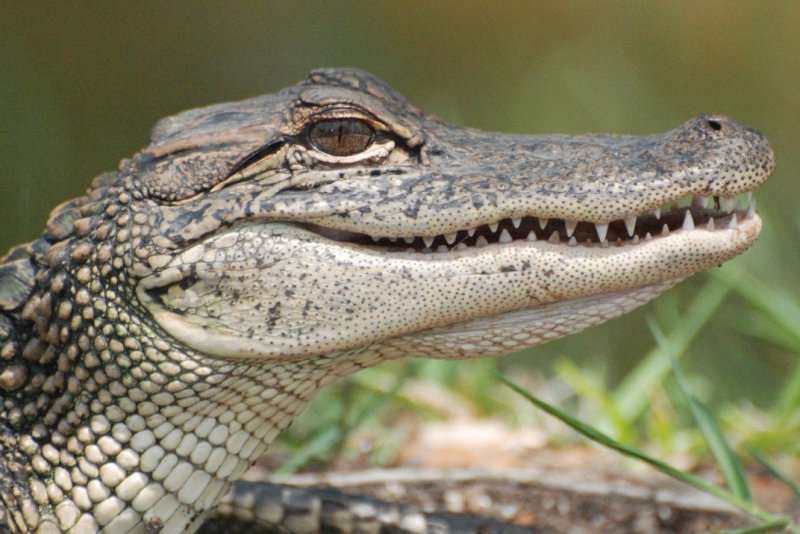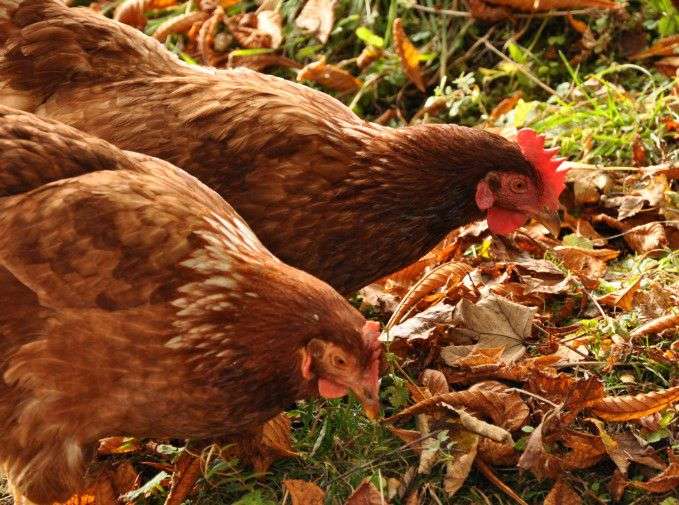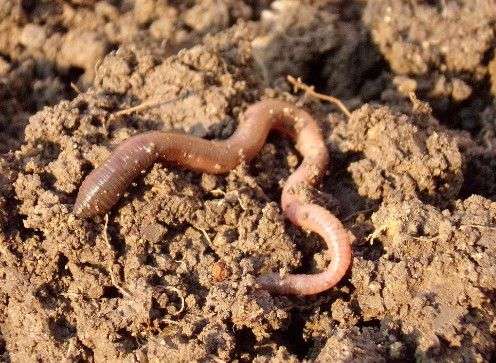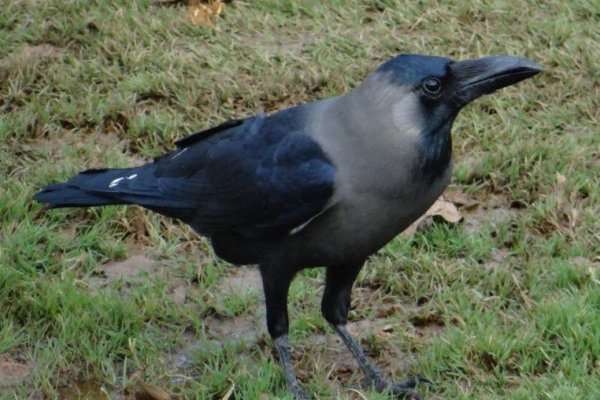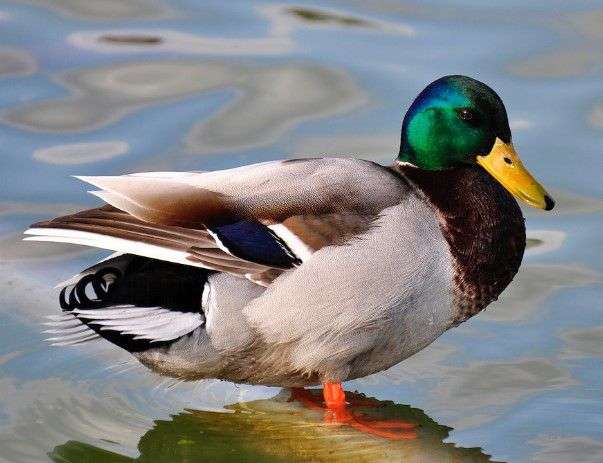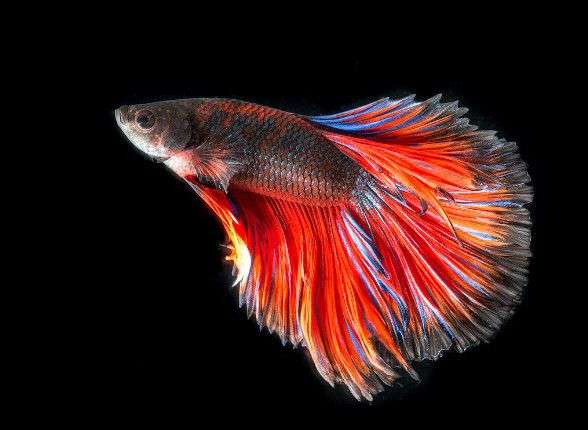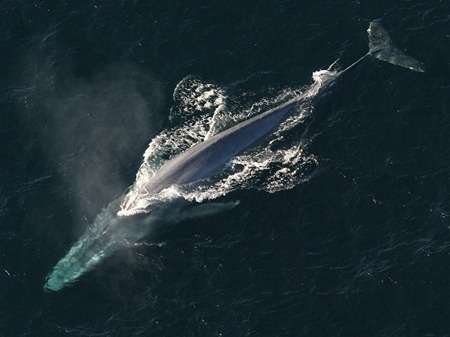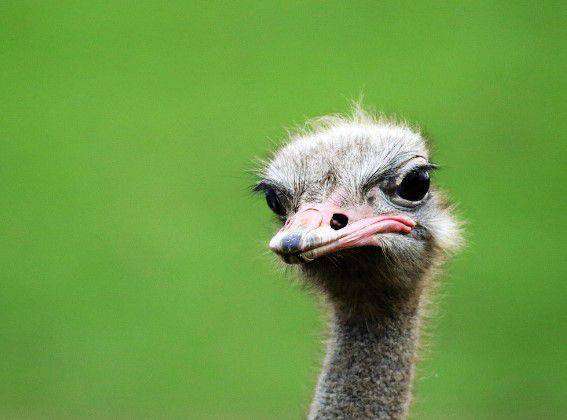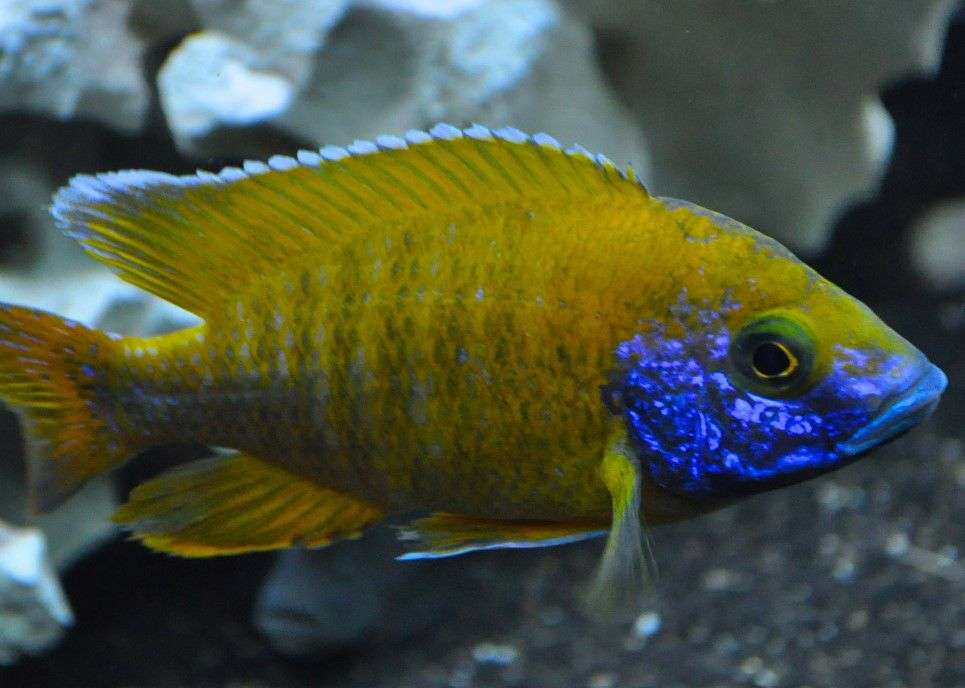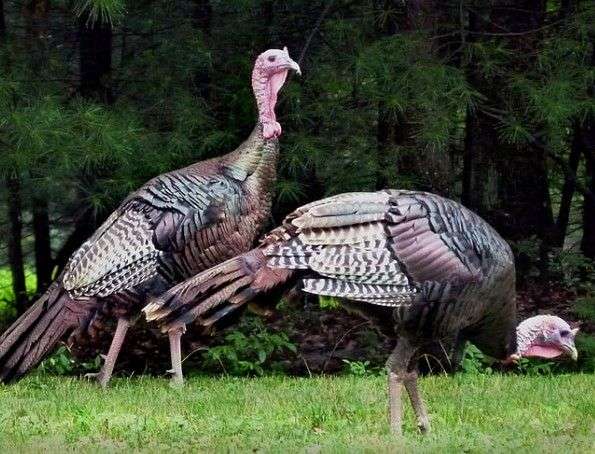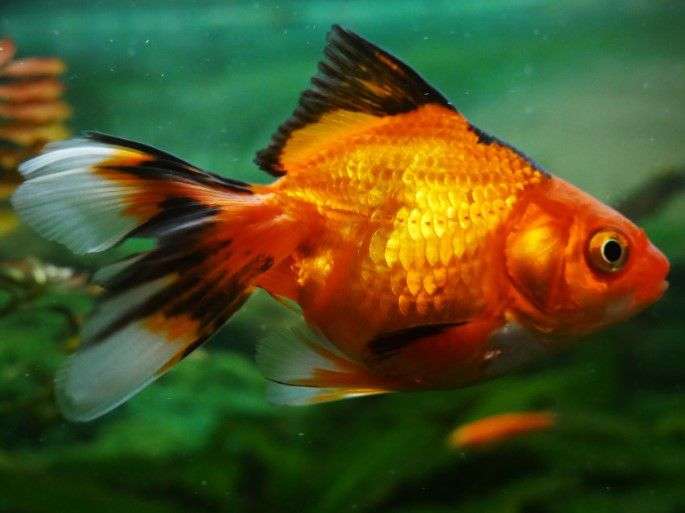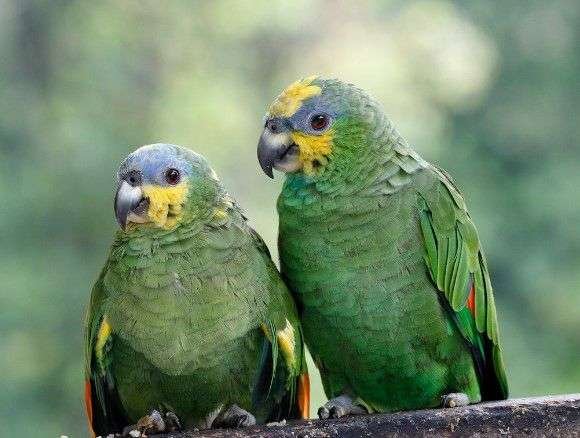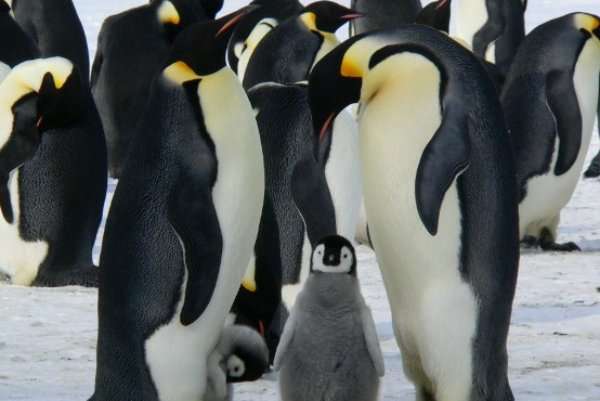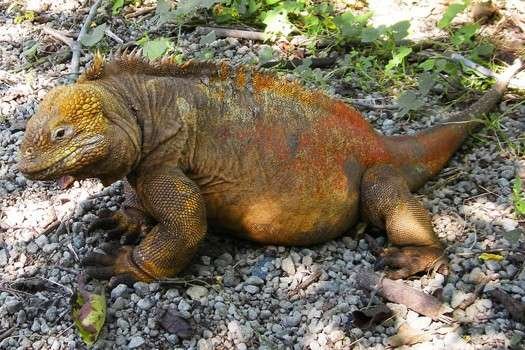Eating Rocks? Strange. Yes, many common animals eat rocks as part of their diet. But why? Because the rocks inside their stomach help to grind food and the digestion process. However, Lithoredo abatanica is the only known animal that eats rocks as part of its diet, not to aid digestion. You read it right. Scientists have discovered a species of worm that feeds on rocks. And unlike it, other animals consume stone for other purposes.
You have definitely heard of Crocodiles eating rocks; that’s because they have been known to eat gravel for centuries. But like crocodiles, plenty of animals do the same procedure. So, here we have come up with a list of animals that eat rocks. So, let’s begin.
Gastroliths or stomach stones are any kind of stones in an animal’s stomach that are precipitated or created by the animals themselves. And the stones that are swallowed by animals are called Geo-Gastroliths. Many modern organisms and animals today have gastroliths, like crocodiles, alligators, birds, seals, sea lions, and many others. So, without delay, let’s go through the list of 20+ animals that eat or consume rocks.
20+ Animals that Eat Rocks or Stones
1) Lithoredo abatanica
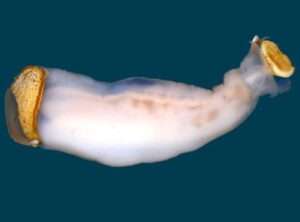
Let’s begin the list of animals that eat rocks with Lithoredo abatanica. Lithoredo is the only animal that actually grinds stones and lives in between them. It eats limestone and later expels it as fine sand.
It has large shovel-like projections on its shell that helps to dig into the rock it eats. The borrows create by these worms become the habitat for other river creatures, including crabs and fish.
- Scientific Name: Lithoredo abatanica
- Type of Animal: (type of Shipworm)
- Location: Abatan River System on Bohol Island, Philippines
2) Crocodiles
Crocodiles have been known for eating rocks since ancient times. For a long time, researchers assumed that crocodiles accidentally swallow stones along with food.
Another point surfaced that crocodiles need stones for better digestion, like birds. It’s true at a certain point. However, the primary reason for crocodiles eating stones is to protect themselves from predators. Enough stones increase their overall weight and assist them in submerging deep into the water.
- Scientific Name: Crocodylidae
- Type of Animal: Reptile
- Location: tropical regions of Africa, Asia, Australia, and the Americas
3) Seals
Seals are another animal that eats rocks and stones, but the reason is different here. Like other marine animals, seals mainly feed on crabs and lobster, and it is very difficult to digest their hard shells. So, to grind up the hard shells and other prey, they consume rocks or stones.
- Scientific Name: Pinnipedia
- Type of Animal: Mammal
- Location: Arctic and Antarctic waters
4) Frogs
As we all know, frogs can’t chew; they directly swallow their whole prey. Like frogs, many amphibians wholly swallow their food, so sometimes they need help in the digestion process. That’s why frogs eat small rocks or stones to grind up the prey inside their stomach.
In this way, their digestion process becomes easy. Not only this, but once frogs attain maturity, they can vomit up their stomach, allowing them to expel toxins they may have eaten. In this way, they can easily consume and vomit the stones.
- Scientific Name: Anura
- Type of Animal: Amphibian
- Location: banks near ponds and rivers
5) Sea Lions
Another marine animal that eats rocks is the sea lion. Many researchers found that sea lions’ stomachs often contain rocks known as stomach stones or gastroliths, which they swallow purposely for many reasons.
The primary purpose is to help in their digestion and crush parasites. Not only this, these stones aid the gastric muscles from various fish bones, scales, shells, and beaks.
Also, stones in their stomach assist them in diving deeper into the ocean and improving their stability and control.
- Scientific Name: Otariinae
- Type of Animal: Mammal
- Location: Japan and Korea, western North America
6) American Alligator
Like crocodiles, American Alligators also swallow rocks purposely. The reason is to protect themselves and can submerge deep into the water.
Alligators and Crocodiles feel safe underwater. In addition, they use gastroliths to aid the digestion process, including mammals and fish. In a nutshell, rocks are important in their diet. To know more about Alligators’ diet, visit this article.
- Scientific Name: Alligator mississippiensis
- Type of Animal: Reptile
- Location: The United States
7) Chickens
Chickens are the most common animal that eats rocks on a regular basis. They consume small rocks called grits to help them digest food inside their gizzards. The gizzard is basically a chicken’s stomach.
Chickens are omnivores, and they need the grit to grind up their food. In short, grits are essential for them. That’s why many owners purchase the best size of grit from their local store for around 5 USD for a 50-pound bag.
- Scientific Name: Gallus gallus domesticus
- Type of Animal: Bird
- Location: Worldwide
8) Earthworms
Time to add another worm to the list, that is Earthworm. Earthworms eat rock, not for nutrients but to grind up things like krill and plant fibres in their digestion. They do not have teeth, so they crush the tiny stones with their powerful muscles so that they can swallow.
- Scientific Name: Lumbricina
- Type of Animal: Insect
- Location: Worldwide
9) Crows
Like other birds, crows also eat rocks and stones regularly. They swallow small stones with sharp edges and store them in their gizzards which help to break down the tough prey.
Crows are omnivores and eat nearly every living thing. Also, we know birds do not have teeth, so it’s common for them to swallow stones and help the gizzard do its job. Once the swallowed stones lose their sharpness, crows vomit them and seek another sharp stone.
- Scientific Name: Corvus
- Type of Animal: Bird
- Location: Worldwide
10) Parrotfish
Let’s add a fish to the list. Parrotfish are popularly known for the remarkable properties of their teeth that can even crush and eat stones. Basically, they are herbivores and predominately feed on algae growing on rocks.
Parrotfish do not eat rocks purposely as part of their diet. They do not have hands like us, so when they try to eat algae, they may swallow rocks as well. Also, Parrotfish have special plates in their throats called pharyngeal that can grind anything and poop out sand.
- Scientific Name: Scaridae
- Type of Animal: Fish
- Location: tropical and subtropical parts of the world’s ocean
11) Ducks
Like other birds, ducks also swallow rocks, sand gravel and small pebbles to grind up their food and help in the digestion process. Sometimes, they swallow a large number of small stones to aid their gizzards from fish bones and scales.
Stomach stones are very beneficial for their digestion, and they consume nutrients much more efficiently from their food.
- Scientific Name: Anatidae
- Type of Animal: Bird
- Location: Worldwide
12) Betta Fish
Here comes the aquarium fish on the list. Betta fish are known for swallowing gravel from the bottom of the aquarium. These fish are very colorful. Fish do not have hands, so they accidentally swallow small gravel along with their food.
Betta Fish often breaks down the rock into smaller particles and excretes it out. However, sometimes, it will become a cause for concern.
- Scientific Name: Betta splendens
- Type of Animal: Fish
- Location: Southeast Asia
13) Whales
Whales are the largest animals that eat rocks but do not swallow them purposely. They unknowingly consume rocks in the process of feeding. But among them, toothed whales use stones to grind up their tough prey.
We know that whales wholly swallow everything, and the stones that are stored aid their digestion in breaking down the tough bones, shells, and scales.
- Scientific Name: Cetacea
- Type of Animal: Fish
- Location: all of the world’s major oceans
14) Ostriches
Ostriches are the world’s largest birds. Like chickens, ostriches also eat small stones to aid their digestion process. Ostriches have a large mouth, so they directly consume hard nuts and seeds, so to grind them, they simply consume small stones with sharp edges. Also, Ostrich’s gizzard is so strong that it can handle sharp edges stones.
- Scientific Name: Struthio camelus
- Type of Animal: Bird
- Location: East Africa
15) Cichlids
Like many Fish, Cichlids also eat small gravels and sand. The primary purpose is that the small gravels and sands contain particles that aid in their digestion.
Cichlids directly swallow their food. That’s why they need stomach stones to grind it. It is recommendable to use gravel like crushed coral, coral sand, crushed oyster shells, aragonite, or dolomite in your aquarium for Cichlids.
- Scientific Name: Cichlidae
- Type of Animal: Fish
- Location: Africa and South America
16) Turkeys
Another bird on our list of animals that eat rocks is Turkeys. Like Ostriches, Turkeys also swallow whole sharp stones that help them grind up the hard shells of nuts and seeds in their gizzard.
Don’t worry; their gizzard is a tough muscle and part of their digestive tract. Also, when the stones lose their edges, turkeys vomit them out and search for the next ones. Here, we have explained Turkeys’ diet.
- Scientific Name: Meleagris
- Type of Animal: Bird
- Location: North America
17) Goldfish
Goldfish are not like other fish. They are opportunistic feeders and try to feed everything around them. So, in search of leftovers, goldfish forge along the bottom of the tank, and they accidentally swallow small rocks easily.
But after realizing it’s not food, they spit the rocks out. They do not need small gravels to aid digestion; that’s why it’s important for them to spit out small rocks; otherwise, it will be problematic for them.
- Scientific Name: Carassius auratus
- Type of Animal: Fish
- Location: Native to East Asia
18) Parrots
Parrots are birds that eat rocks purposely. They require a varied diet, from cooked whole grains to raw vegetables, fruits, nuts, and seeds. Parrots feed on various types of food depending on their habitat.
Therefore, sometimes they need to swallow small gravels to aid their digestion process. These sharp-edges small gravels act as teeth in their gizzard, which breakdown the hard shells of seeds, nuts, and fruits. And like other birds, parrots vomit gravel when they lose their edges. To know more about what to feed birds in winter, visit here.
- Scientific Name: Psittaciformes
- Type of Animal: Bird
- Location: warm climates all over most of the world
19) Penguins
Another member of the list is Penguins. They usually swallow small rocks for many purposes. One most important factors are to aid their digestion process.
These rocks help them digest hard shell foods like crustaceans by grinding them down into simpler pieces. Also, it is theorized that stones help penguins reduce buoyancy while diving; however, it has not been cleared.
- Scientific Name: Spheniscidae
- Type of Animal: Bird
- Location: The Southern Hemisphere
20) Big Lizards
Let’s end this list by mentioning the names of big lizards that eat rocks. Those are the Eastern fence lizard, Cyclura, and Rhinoceros iguana.
Like Crocodiles, they completely swallow the small rocks to help digest their food. And after that, they vomit them out, and these stomach stones are known as gastroliths.
Conclusion:
Most animals consume rocks and stones to aid the digestion process, which helps them to break down hard materials. Among them, Lithoredo abatanica is the only species that feed on rocks for nutrients and live in between them.
Here we conclude our article on “animals that eat rocks.” We hope you like the post. We will be back with another interesting article. Till then, stay tuned with us.
References:
https://ucmp.berkeley.edu/taxa/verts/archosaurs/gastroliths.php
Also Read:

Meet Abhidept (nickname Monty), the visionary founder of How It See, being an engineering student, he’s fueled by an insatiable curiosity about the world around him. He is captivated by an eclectic correlation between animal groups, science, and nature, and this fascination drives his quest for understanding.
After completing his degree, he’s set on a mission to delve deep into the realm of nature, accumulating knowledge to share with you through his writing. In the meantime, he loves to watch anime and read anime.
